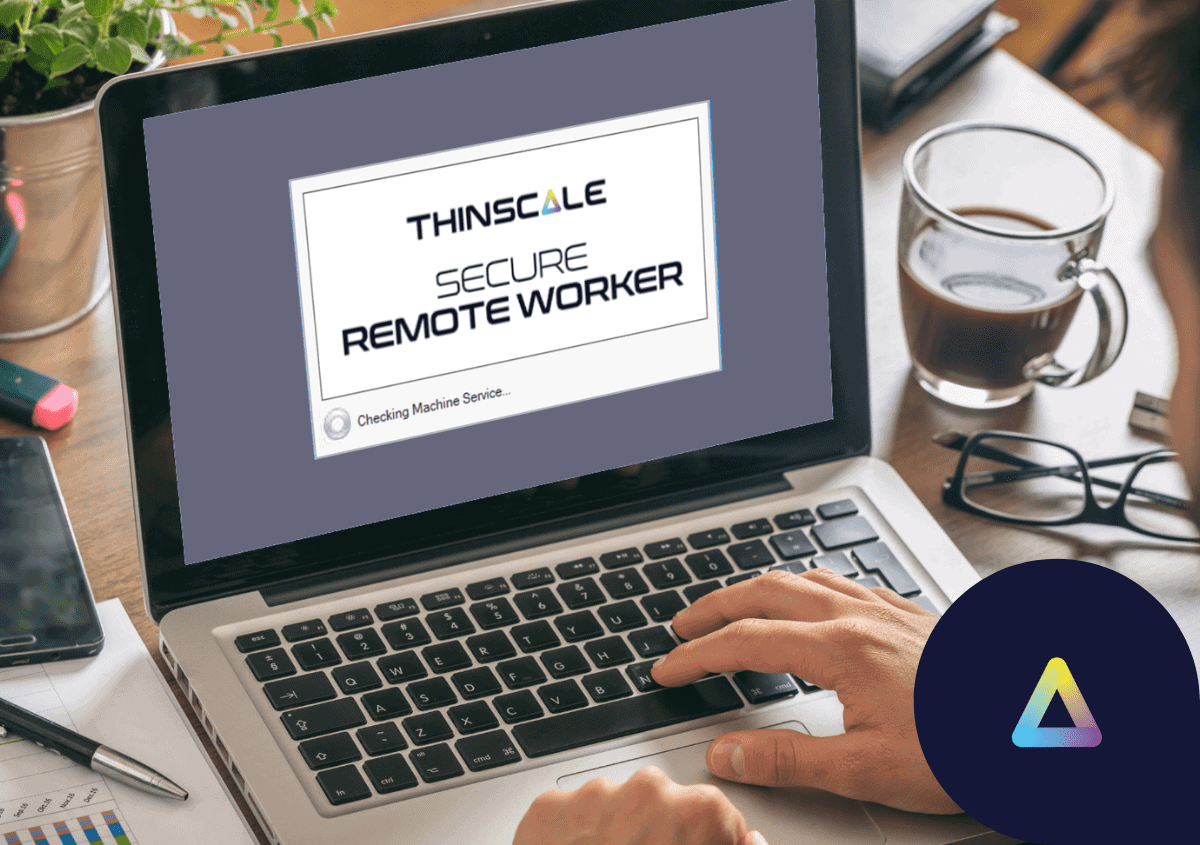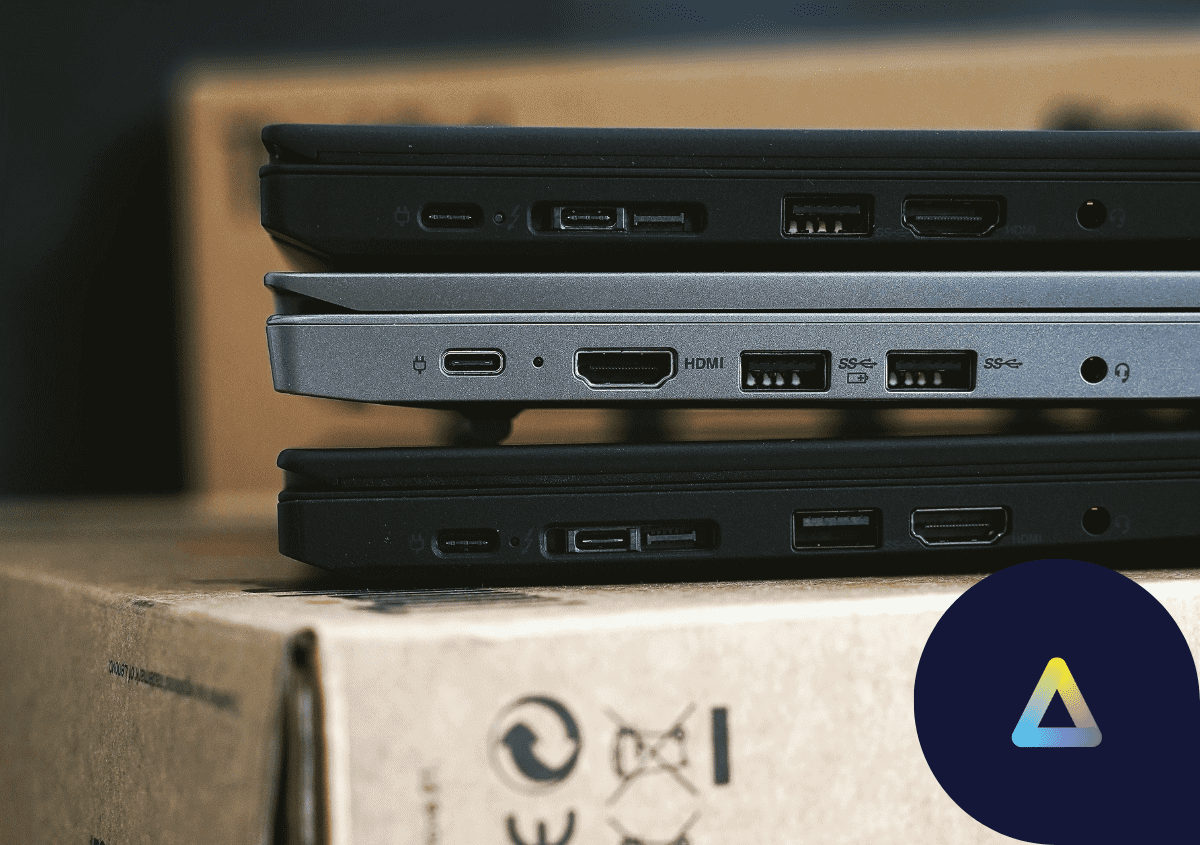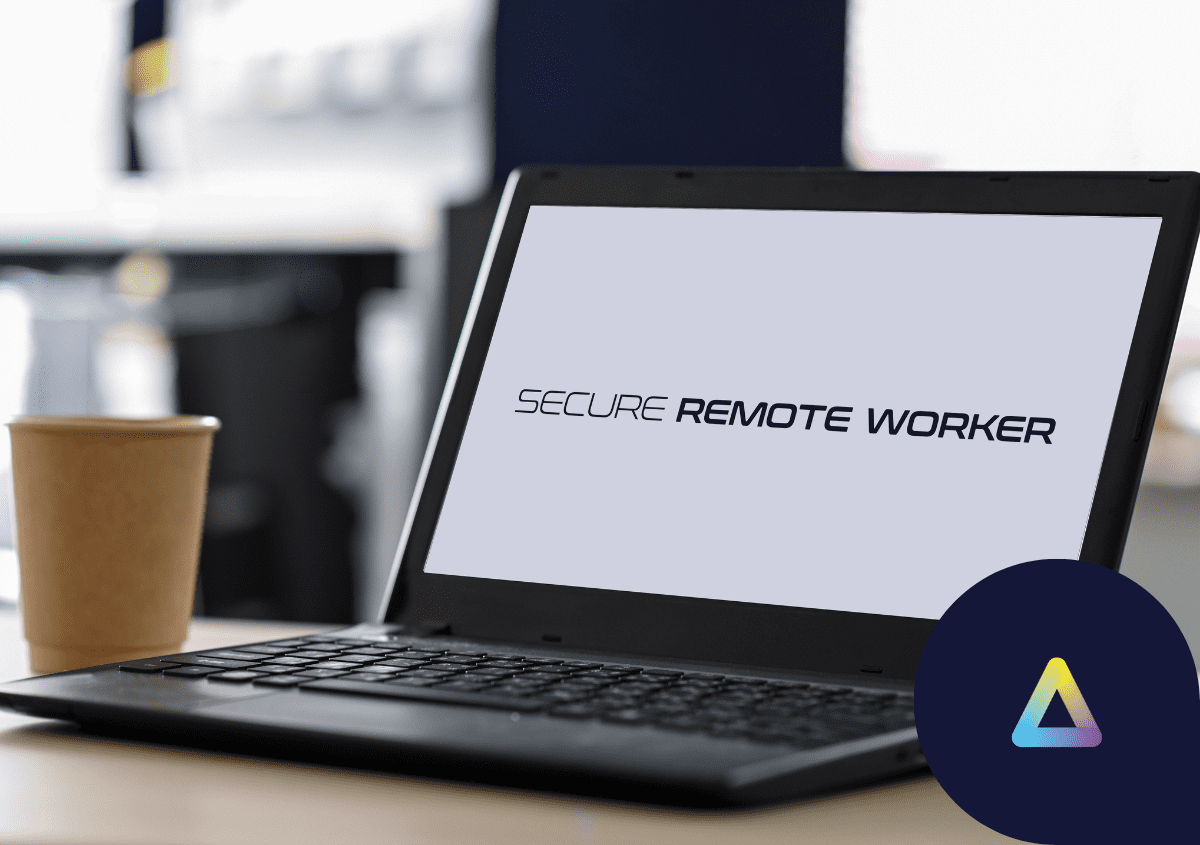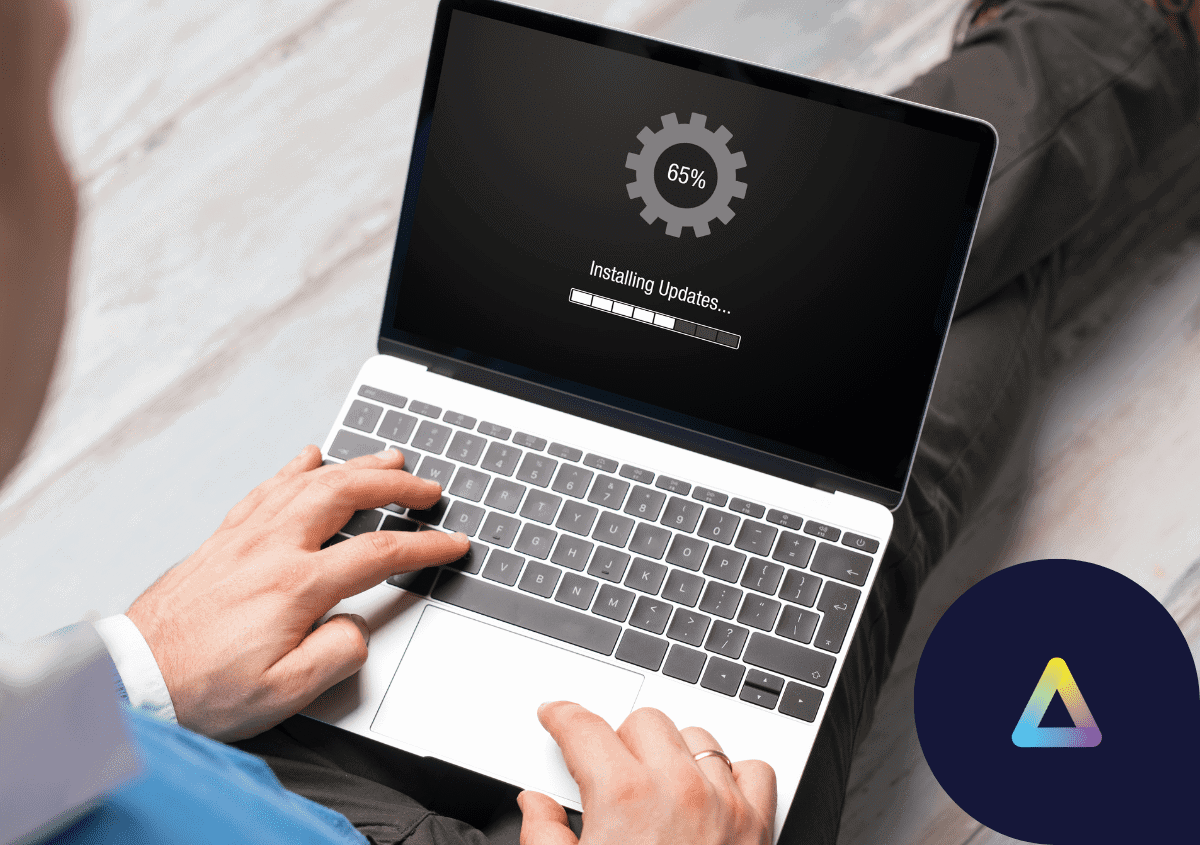During the pandemic, the BPO industry confronted a serious dilemma — maintaining business continuity in the face of a global pandemic that required closing physical contact centers. The solution came in the form of a virtual remote workforce with agents working from home, often using their own devices.
On Premises
Hybrid Work: Simple, Secure and Cost-Effective
Hybrid environments have been correctly identified as the way forward for the majority of organizations. However, some have identified complications around ease of implementation, with multiple solutions to manage and their associated costs (server allocation, hardware and software acquisition, etc.) The question is, how can you deliver hybrid/work from anywhere quickly, seamlessly, and with as … Read more
Does your Contact Center have the right Endpoint Security solution?
At ThinScale technology, we work closely with customers in the contact center industry and have seen some confusion around the various endpoint security solutions available. What can they each do? And more importantly, from a security perspective, what do they not do? This article I’ll take you through each of the major endpoint security solutions … Read more
How are IT leaders securing remote & hybrid workforces?
ThinScale has been involved in multiple remote working deployments across a broad section of industries. We’ve worked closely with BPOs and contact centers as they’ve successfully transitioned 1000s of agents from traditional, on-site operations to a full or partial WaH (work at home) set up. We’ve seen, 2 years or so into the pandemic, that remote working is not a short-term operational change. It has now become a foundational pillar for many organisations, reducing costs, ensuring business continuity and reducing agent attrition. Security leaders are therefore being … Read more
Hybrid Working: Three factors companies must consider
With Google announcing that they will be giving their staff the option of hybrid working when their offices re-open in June, we are already seeing major organizations attempt to integrate work at home into standard business practice. Hybrid working (or work from anywhere strategy, as referred to in our recent webinar with Anne Bibb) can be seen as the best of both worlds for employers and employees.
Fortify business resilience with ThinKiosk
At the beginning of 2020, companies faced a drastic and sudden shift in their business continuity planning, where work at home quickly became the only viable solution. This resulted in companies, en-masse, moving devices from location to their employees’ homes to continue operation.
This “Lift and shift” method companies were using prioritized speed and accessibility above all else. The most important thing was getting people working, accessing business-essential applications from home. This mostly took the form of a standard windows machine and a VPN to provide a secure connection. However, this method left much to be desired. In this post, we’ll be going through some of the challenges companies faced when employing this strategy of work at home enablement, what we can learn from these challenges, and how ThinKiosk provides an endpoint solution that improves companies’ business resilience.
Secure Remote Worker and ThinKiosk 6.2
Version 6.2 for Secure Remote Worker and ThinKiosk has just been released, and with this new version comes a host of enhancements to the existing framework which can be seen here. However, in this blog I wanted to run through the major additions that have been made to Secure Remote Worker and ThinKiosk.
ThinKiosk & Secure Remote Worker 6.1
Hello all!
We are happy to announce the release of ThinKiosk and Secure Remote Worker 6.1, bringing a host of enhancements to the existing control features and additions to the end-user experience. In this post we’ve selected some of the major additions to speak about in this update.
IntelliPerform: Filling the gap WSRM left behind
Introduction
VDI environments (whether you are running them yourself or an MSP hosting for multiple users) are implemented for their convenience, cost-effectiveness, and manageability, however, when providing a whole workforce all of their desktops and applications from one location, performance issues are bound to arise.
Resources in VDI environments are shared and often all it takes is one power user or one runaway process to severely impact the experience of everyone on a server. Even worse these can cause the server itself to crash.
In this post, I will discuss an approach that Windows took to resolve this issue on their 2008 – 2012 servers, what happened to that solution and how IntelliPerform can fill the gap it left behind AND more.








